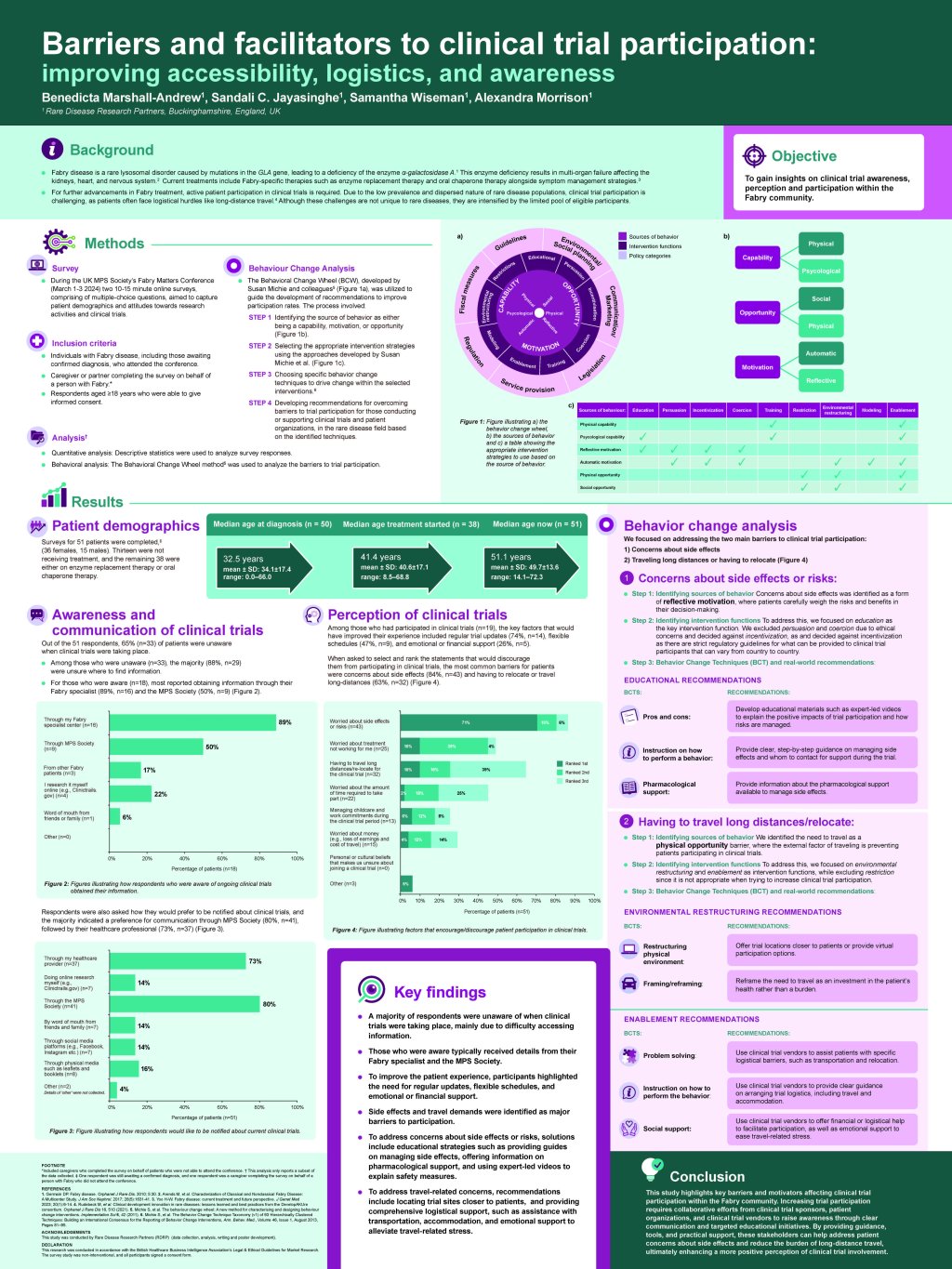GI symptoms and nutrition are topics that strongly resonate with our Fabry community. Let’s take a look at some common themes, shared experiences and helpful advice.
Please ensure you consult your Fabry Team or request a referral to a dietician before making any major dietary changes.
What’s going on in our guts?
When we put this question to our WhatsApp community, the responses were honest and often very relatable. Many addressed:
New or worsening GI symptoms with age or hormonal changes
Managing FODMAPs, lactose and gluten sensitivities
Success stories with anti-inflammatory diets and dietary tweaks
Questions around Fabry-related nerve damage and gut health
What the research says
We shared some great medical summaries breaking down how common GI symptoms are in Fabry, it’s always good to know that you’re not alone in this:
Over 50% of adults and even more children report GI issues
Symptoms like pain, diarrhoea, constipation and nausea are frequently misattributed to IBS
The root often lies in how Fabry affects gut nerves and blood vessels, disrupting normal digestion
Knowing this can help us push for better understanding and support.
Diet diaries & food swaps
Taking a deeper dive into what our diets looks like, we focussed on:
Low-FODMAP basics and how to adapt it to your lifestyle
Tips on managing lactose and gluten intolerance
The anti-inflammatory diet - full of fiber, healthy fats and gut-soothing foods
The low FODMAP diet was developed to manage GI symptoms. FODMAP stands for:
Fermentable
Oligosaccharides (e.g., wheat, onions, garlic)
Disaccharides (e.g., lactose in milk)
Monosaccharides (e.g., excess fructose in apples, honey)
And
Polyols (e.g., sorbitol, mannitol in some fruits and sugar-free products)
These short-chain carbs are poorly absorbed in the gut and can cause bloating, gas and diarrhoea-symptoms already common in Fabry.
Gluten and dairy can be harder to digest for some with Fabry and that even small swaps (like trying goat’s milk or reducing processed sugar) might offer big relief.
Keeping a food diary and tracking symptoms can be helpful in identify triggers and modifying you diet.
Final Thoughts
GI symptoms can be one of the toughest aspects of living with Fabry but you're not alone and there are ways to make life more comfortable. Whether you are just starting to explore dietary changes or are already deep into label-reading mode, these exchanges are a great reminder of the power of shared experience.
Take a look back at Dr Seema Kanwal talking about nutrition at Fabry Matters:







